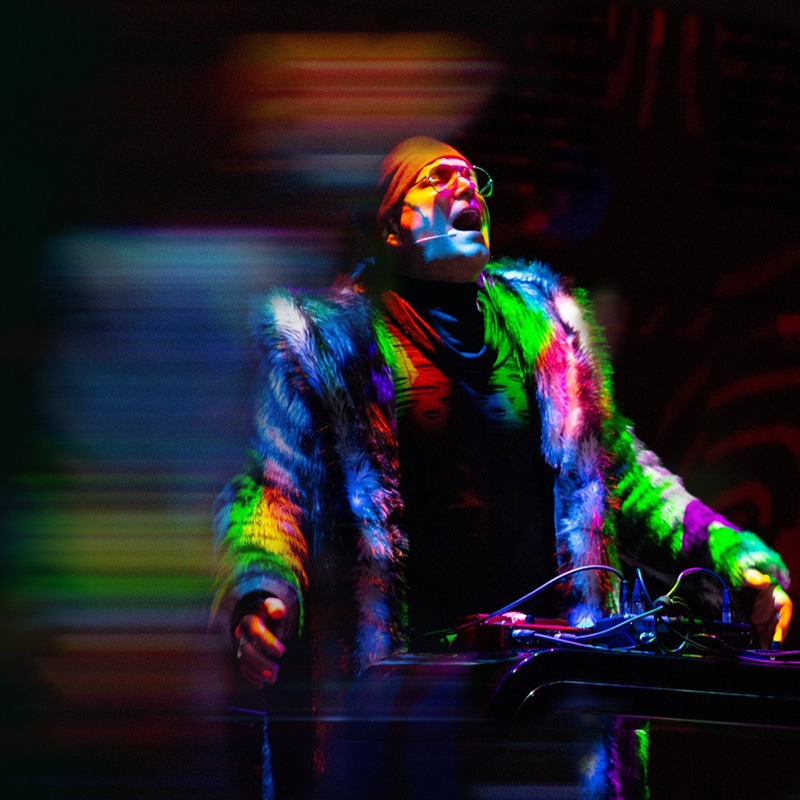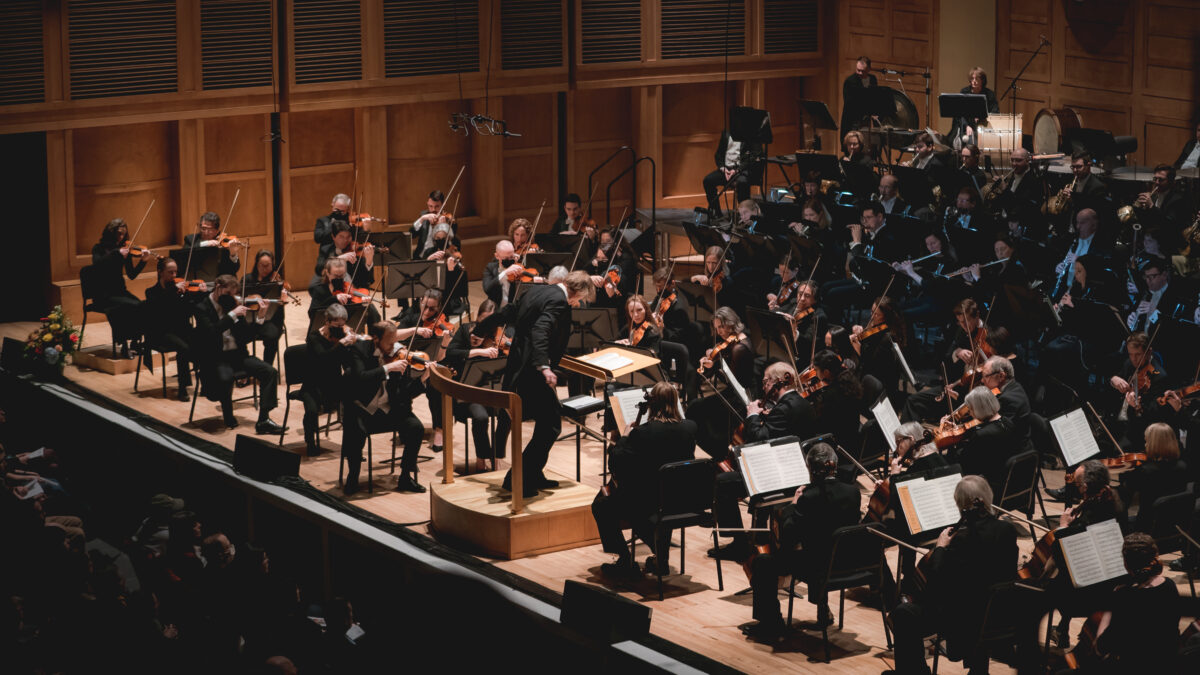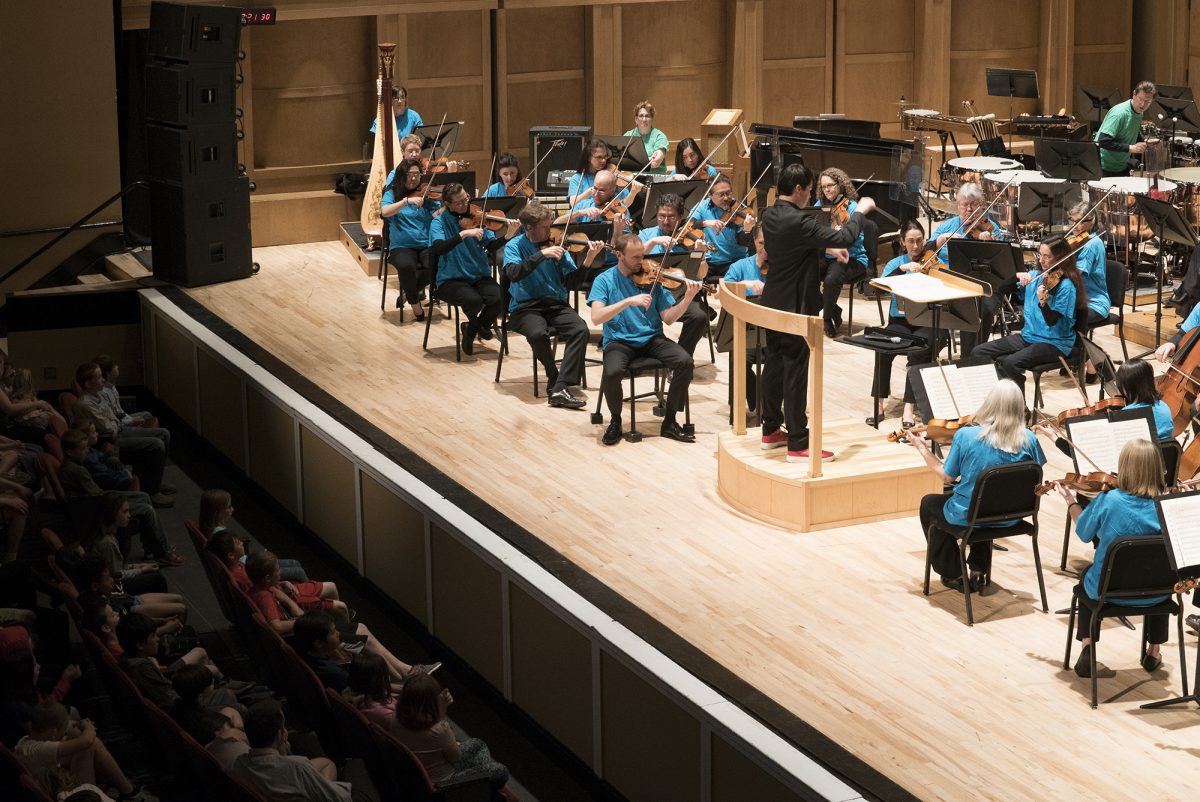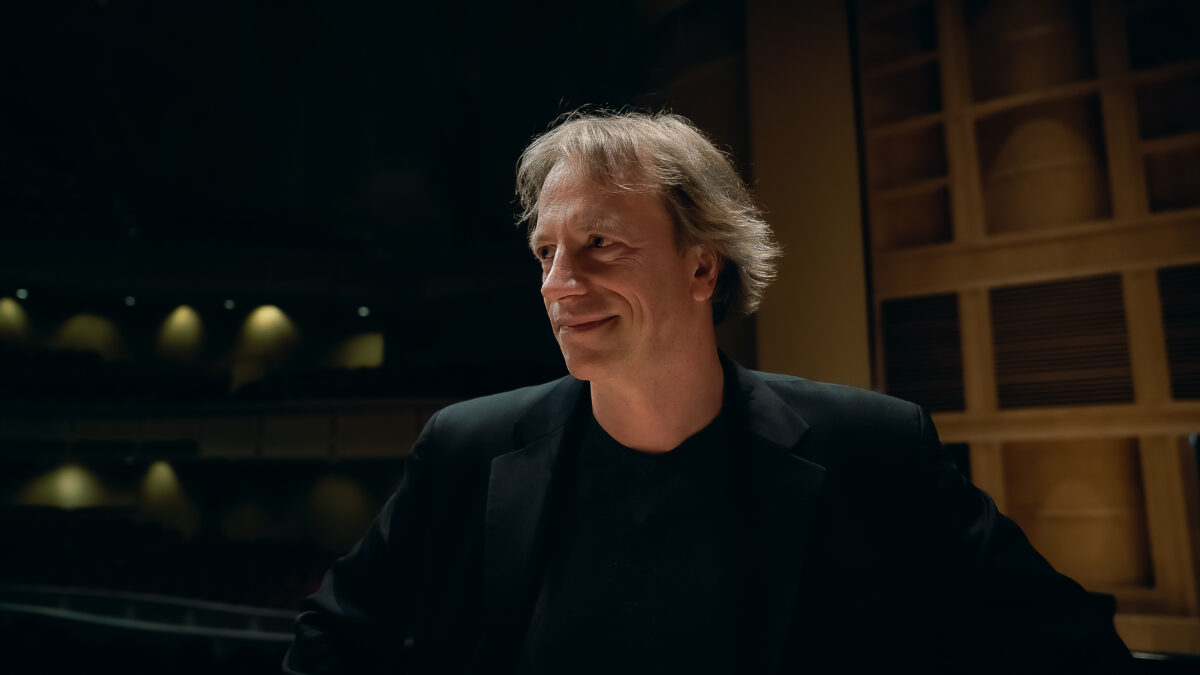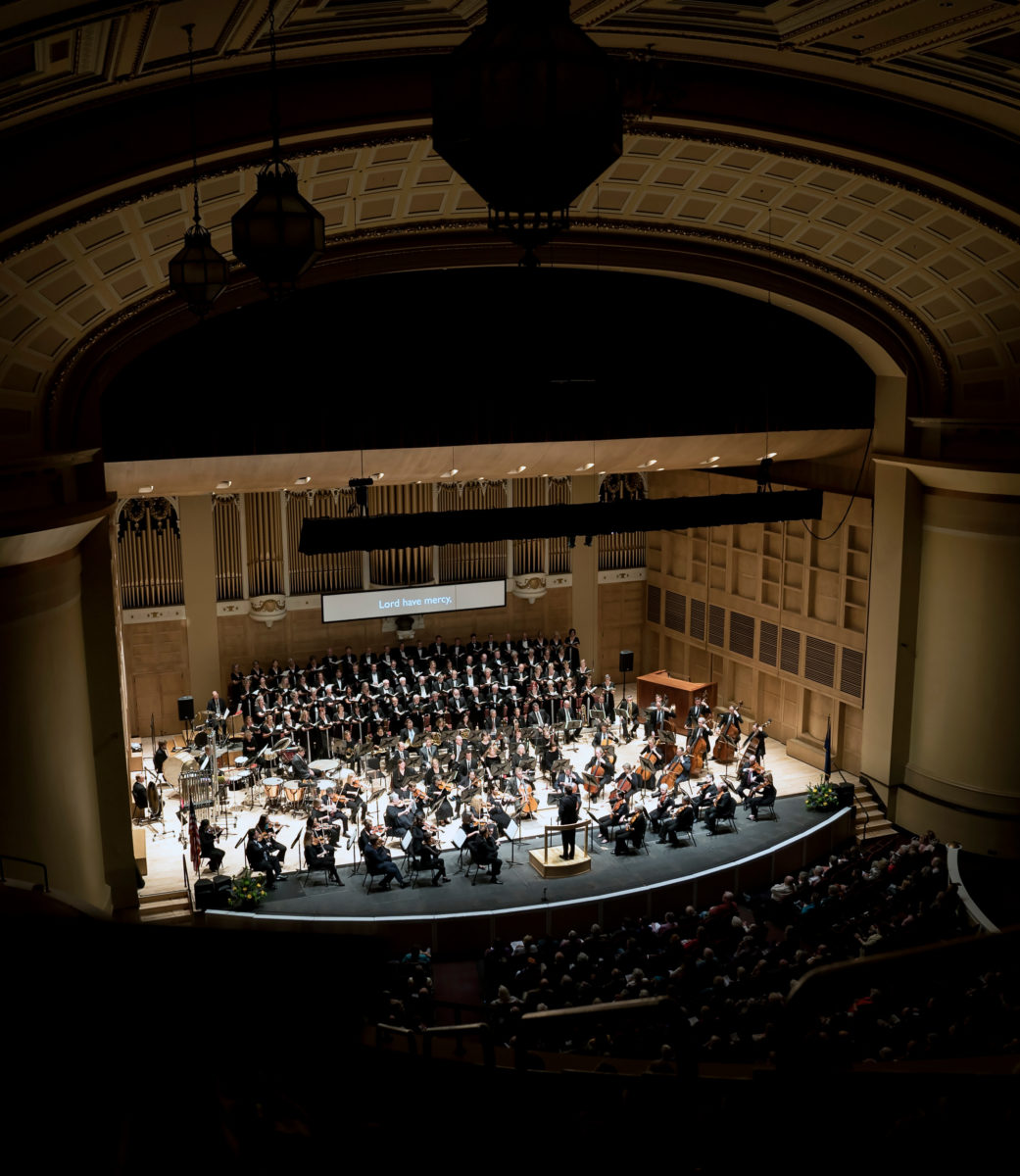The Virtuosity of Joyce Yang Program Notes
Florence Price
Dances in the Canebrakes
Florence Price was born in Little Rock, Arkansas in 1887 and died in Chicago, Illinois in 1953. She completed her work Dances in the Canebrakes in 1953, and it was later orchestrated by William Grant Still. The score calls for 2 flutes, piccolo, 2 oboes, 2 clarinets, bass clarinet, 2 bassoons, alto saxophone, 3 horns, 3 trumpets, 2 trombones, timpani, percussion, harp, and strings.
*****
Florence Price (née Smith) (1887-1953) is a significant Black composer of concert music. Among her many other honors, Price was the first African-American woman to have a composition performed by a major orchestra.
She hailed from the area of Little Rock, Arkansas, where she graduated high school (as valedictorian) at the age of 14. Moving on to Boston’s New England Conservatory, she studied piano and organ, composing her first symphony and graduating with honors (1906) with a double major in organ and music education. Professor/Composer George Whitefield Chadwick continued to be a mentor to Price for many years. Returning to Arkansas, Florence taught at the college level, and in 1912, she married Attorney Thomas J. Price. Together they had two daughters and a son.
To escape racial oppression, the Price family moved to Chicago in 1927. There Florence began a long period of compositional activity. Notably, her Symphony in E minor won a major award and was premiered by the Chicago Symphony Orchestra, Frederick Stock, conducting.
In 1931, the Prices divorced, and Florence soon moved in with her close friend, Margaret Bonds. At that point, Price’s most productive creative period began. In addition to orchestral, chamber, and piano music, she composed widely for the voice, leading to warm, valuable friendships with black singers Marian Anderson and Roland Hayes. (Anderson would usually end her recitals with a Black spiritual as arranged by Price.) In 1964, Chicago honored Price (posthumously) by naming an elementary school after her.
Many of Price’s compositions focused on the Black American Experience, spanning its history from the days of slavery through the first half of the 20th century. This is the case with her three piano pieces collectively titled Dances in the Canebrake. A canebrake is a thicket of tall cane plants, similar to bamboo that grows at the marshy edge of a stream or lake. Canebrakes are common in the Deep South. In pre-Civil War days, when the South’s rich economy depended almost entirely on growing and processing cotton, canebrakes (wild stands of cane) had to be cleared before the adjacent land could be cultivated for cotton planting. Teams of Black slaves labored on the clearing jobs, apparently lasting several days in many cases. Thus, at night they would probably amuse themselves by singing and dancing.
Florence Price composed Dances in the Canebrakes in its original piano version in 1953, the year of her death (from a stroke). Thus part of the work’s significance is that it was one of her last compositions. Subsequently, a more successful Black composer, William Grant Still, orchestrated the three movements of the little suite. The connection between Price and Still is unclear.
The easily heard underlying rhythms of the three “dances” were derived from stage and ballroom dances from the time of Scott Joplin (c. 1900) and earlier. The first movement, titled “Nimble Feet,” is a “rag.” We hear this intertwined with fragments of a cheery melody.
A “slow drag,” the dominant rhythm of the second movement, supports a dreamy melody, which is passed around various sections of the orchestra. The central musical segment is more assertive, before consolidating both moods in a final segment of music.
The word “cane” in the last movement’s title, “Silk Hat and Walking Cane,” may be a play on words. The predominant rhythm here is the “cakewalk,” a ballroom dance of the late 19th century. Again in three sections, the music cleverly combines the feeling of theatrical dance with fashionable ballroom dancing.
– Michael Fink
********
Maurice Ravel
Concerto for Piano & Orchestra in G major
Maurice Ravel was born in Ciboure, France in 1875 and died in Paris in 1937. Though he used music composed as early as 1914, he did not complete the concerto until 1931. It was first performed in Paris the following year by Marguerite Long, piano, with the Lamoureux Orchestra conducted by Henri Rabaud. The concerto is scored for piano solo, flute, piccolo, oboe, English horn, clarinet, E-flat clarinet, 2 bassoons, 2 horns, trumpet, trombone, timpani, percussion, harp, and strings.
*****
With this work Ravel intended to compose “a concerto in the truest sense of the word: I mean that it is written very much in the same spirit as those of Mozart and Saint-Saëns. The music of a concerto should, in my opinion, be lighthearted and brilliant, and not aim at profundity or dramatic effects. It has been said of certain great classical concertos that they were written not for but against the piano. I heartily agree.”
These kinds of comments are usually aimed at composers like Brahms, but one wonders: is not Ravel’s own Concerto for the Left Hand (written just prior to this concerto) intense, dark, dramatic? Are not many of Mozart’s concerto movements profound? Ravel’s concerto doesn’t answer these questions, but it does set an example. There is no heavy concept weighing it down. The orchestral texture is transparent, lightly and ingeniously scored. And the piano is always to the fore. The concerto is, in fact, “lighthearted and brilliant.”
Much is made of the influence of jazz and blues in the first movement—like many Europeans, Ravel was fascinated by jazz more than most American composers were—but there are Spanish colors here, too, and it’s hard to miss the allusions to Petrouchka in the opening bars. It is the second movement that keeps listeners coming back to this concerto. The piano begins alone with a melody that seems endless, yet never repeats itself. Other instruments join from time to time, with an especially lovely English horn solo. It all sounds so simple, yet Ravel said he struggled with it, two bars at a time, constantly referring to the slow movement of the Mozart Clarinet Quintet, which he used as a model. (Sometimes the “simplest” music is the hardest to write.) The Finale is frenzied, witty, and full of raucous interjections.
Even in his own time, critics complained that Ravel’s music was superficial. In part, this is true: Ravel was greatly concerned with the “surfaces of music”—its sound, its orchestration. But he also said: “I am Basque, and while the Basques feel deeply, they seldom show it, and then only to a very few.” If the generous beauty, ready wit, and sheer fun of his concerto are superficial, then we should not hesitate to lay the profundities aside for the while.
– Mark Rohr
********
Frederick Delius
The Walk to the Paradise Garden
Frederick Delius was born in Bradford, Yorkshire, England in 1862 and died in Grez-sur-Loing, France in 1934. He composed this work as an interlude in his opera A Village Romeo and Juliet in 1901, and it was first performed with the debut of the opera in 1907 at the Komische Oper in Berlin under the direction of Fritz Cassirer. The score calls for 2 flutes, 2 oboes, English horn, 2 clarinets, 2 bassoons, 4 horns, 2 trumpets, 3 trombones, timpani, harp, and strings.
*****
Frederick Delius was born in England but lived most of his life outside the country. After showing an exceptional lack of talent for the family wool business he lived in Florida, New York, Leipzig and Paris. In his later years he lived mostly in France, sometimes in England.
Delius is one of those composers whose work, like Debussy’s or Orff’s, pops out of the texture of music history. It is singular, personal and not clearly derived from the prevailing tradition. Delius’ music tends to be free in form and content, the composer preferring the instinctive over the systematic.
A Village Romeo and Juliet was Delius’ fourth opera, completed in 1901 and first produced in 1907. The familiar story, as re-told by Gottfried Keller, has the feuding families and two young lovers set in a 19th-century German village. The two lovers, here named Sali and Vrenchen, set off on their own to escape their families’ strife. Along the way they are tempted to a life of sin, but they resist. Unable to overcome their woes, they make a suicide pact; they lie in an open river barge, release the plug, and are engulfed together. The Walk to the Paradise Garden is a poignant interlude that depicts their journey as they first strike out on their own.
– Mark Rohr
********
Igor Stravinsky
Suite: The Firebird
Igor Stravinsky was born in Oranienbaum, Russia in 1882 and died in New York City in 1971. He completed his ballet The Firebird in 1910, and it was first performed the same year in Paris, conducted by Gabriel Pierné. Stravinsky created a Suite in 1911 and then again, for a smaller orchestra, in 1919. The score of the 1919 Suite calls for 2 flutes, piccolo, 2 oboes, English horn, 2 clarinets, 2 bassoons, 4 horns, 2 trumpets, 3 trombones, tuba, timpani, percussion, harp, piano, optional celeste, and strings.
*****
He was not a composer, or even a musician, but no one had more influence on the music of the early twentieth century than Serge Diaghilev. Diaghilev was the impresario who organized the Ballet Russes in Paris. Over a twenty-year span he collaborated with a formidable roster of composers, including Stravinsky, Falla, Debussy, Prokofiev, Ravel, Milhaud and Poulenc, as well as artists such as Picasso and dancers such as Nijinsky. With the Ballet Russes, the very best of 20th century art came together under one roof.
Diaghilev hired Stravinsky to compose music for the Firebird when another composer failed to get the job done. Time was short—Stravinsky sent each section of the piece to the choreographer as it was composed, then joined the company for rehearsals. The premiere of The Firebird was the coming-out party of the most important composer of the twentieth century and the beginning of a famed collaboration that would last until Diaghilev’s death.
The story of The Firebird is a pastiche of tales from Russian folklore. The young prince Ivan Tsarevich wanders into an enchanted garden in pursuit of the magical Firebird. Ivan captures the Firebird but she pleads to be released, telling him she will come to his aid if ever needed; Ivan releases her.
Ivan sees thirteen young princesses dancing and playing a game; he falls in love with one of them and follows them into the palace of the ogre Kashchei. When Kashchei captures Ivan the Firebird comes to his rescue. First the Firebird sends Kashchei and his retinue of monsters into a frenzied, exhausting dance, then lulls them to sleep with a beautiful Berceuse. She shows Ivan a casket with an egg containing Kashchei’s soul. When Ivan smashes the egg Kashchei dies, his castle and retinue disappear, and his victims return to life. In the rejoicing portrayed in the Finale, Ivan receives the hand of his favored princess. The celebratory closing pages are some of the most thrilling music ever written.
The Firebird became the most popular of Stravinsky’s works, much to the composer’s chagrin. He came to resent the attention it took from his current (and very different) work, dismissing it as an “audience-pleasing lollipop.” No matter—Diaghilev knew better. On the day before the premiere, as he stood with his prima ballerina, he pointed to Stravinsky and said, “Mark him well. He is a man on the eve of celebrity.” And the world was on the eve of a new way of thinking about music, thanks to Serge Diaghilev.
– Mark Rohr
Mark Rohr was the Portland Symphony Orchestra’s Bass Trombonist from the mid-1980’s and program annotator from 1991 until his passing in 2019. We are privileged to continue publishing his program notes at his bequest.





